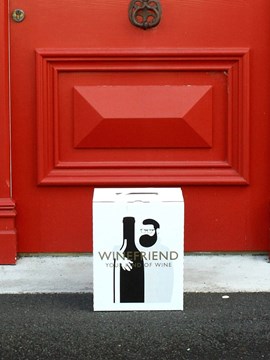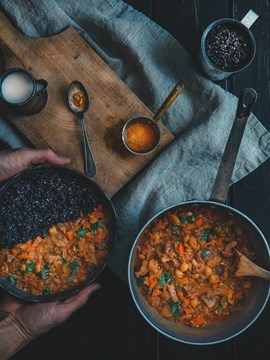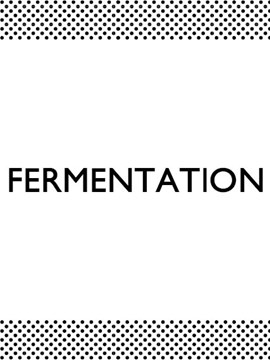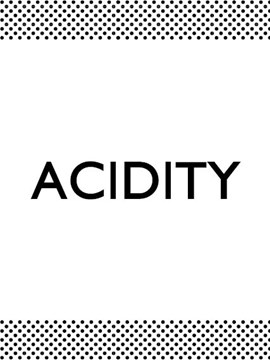We’ve done a deep dive into certain aspects of Champagne and sparkling wine in our Everything You Need to Know series — but one thing we didn’t discuss at length is how these bubbly beauties actually come to life. In this installment of How Is It Made?, we’ll take you through the steps of the various methods used to craft the spectacular sparklers we all love. Keep reading to learn more!
The prestigious one: Méthode Champenoise (traditionnelle)
Méthode Champenoise, otherwise known as méthode traditionnelle, is the winemaking technique used to make that oh-so-precious drop we call Champagne. It is, in fact, one of the three requirements for a winemaker or winery to actually be able to use the word ‘Champagne’ on the label, the other two being that it’s produced in the French region of the same name and that it’s made with pinot noir, chardonnay, and/or pinot meunier.
Here’s how it works:

First, the juice undergoes primary fermentation. Then, the winemaker selects base wines with which to make a ‘cuvée’ (blend), and the cuvée goes into bottle along with the liqueur de tirage (a mixture of yeast and sugar).
While in bottle, the wine goes through a secondary fermentation that creates the bubbles. The newly carbonated liquid then ages on its lees (the dead yeast and organic material) to enhance its complexity and texture. This aging process can last anywhere from several months to several years — but in order to qualify as Champagne, it has to be at least 15 months.
Once the wine has aged for the desired amount of time, it moves to riddling. In this step, the bottles rest upside down until the lees settle in their necks.
After riddling comes disgorging. Here, the bottlenecks are put in liquid nitrogen to freeze the lees before the bottle cap is removed, allowing the pressure to literally shoot the plug of sediment out of the bottle.
Once the lees have been removed, we move to dosage — a fancy term to describe some form of sweetness (sugar alone or wine and sugar together) that’s added to a Champagne to balance it out.
Then, the bottles are corked, wired (sometimes called ‘caged’), and labelled. And voilà! We have Champagne.
Wines other than Champagne use this process as well, but they can’t actually call themselves Champagne unless they meet the requirements we’ve already discussed.
So that’s méthode Champenoise! Let’s move on to the next technique.

The modern one: Charmat (tank) method
Though méthode Champenoise is still the most common technique used to produce sparkling wine, the Charmat method has grown in popularity in modern winemaking — probably because it’s more cost-effective than the former. But outside of that, there are a few other key differences between the two processes. Here’s the way the Charmat method works:
It follows méthode Champenoise through primary fermentation, cuvée, and liqueur de tirage — but then, instead of going into the bottle, the wine instead passes through secondary fermentation in a large stainless steel tank.
Afterward, it gets filtered to remove the lees and then rejoins the traditional method at dosage and bottling.
In addition to straying from méthode Champenoise in those middle steps, the Charmat method also does away with aging on lees, resulting in less complex wines that are primarily meant to be consumed young.
The almost-traditional one: Transfer (transversage) method
The transfer (or transversage) method is most commonly used for bottles smaller or larger than the average 750ml. It follows méthode Champenoise almost to a ‘t,’ with a few departures.
In this process, we’ve got primary fermentation, cuvée, liqueur de tirage, secondary fermentation in-bottle, and aging on lees (although there’s no concrete time specification for transversage-method bubblies). But instead of being riddled and disgorged after aging, the bottles are actually opened and ‘transferred’ into high-pressure tanks, where the wine is filtered and clarified to remove the lees. We then move to dosage and bottling, just like méthode Champenoise!
The ancient one: Ancestral (pétillant-naturel) method
When it comes to the uniqueness of each of these sparkling winemaking methods, we can safely say that the ancestral process takes the cake. Widely believed to be one of the earliest forms of bubbly-crafting, the pétillant-naturel (French for ‘naturally sparkling’) method departs almost entirely from méthode Champenoise to produce some truly one-of-a-kind wines.
Midway through fermentation, the wine is chilled down to 0°C to halt the process. It’s kept in stainless steel tanks for a few months before being bottled and allowed to complete fermentation in-bottle.
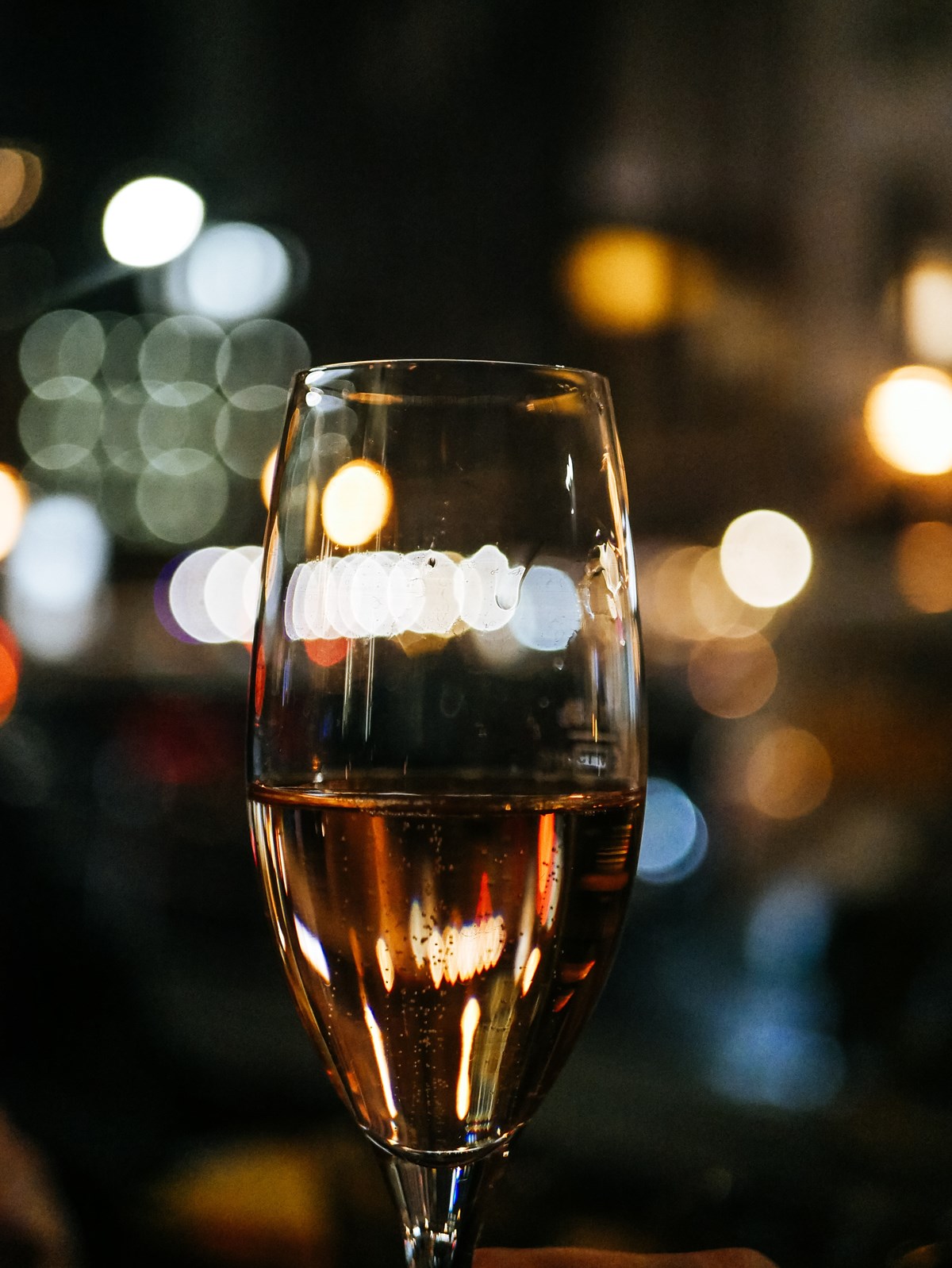
Once the winemaker is happy with the carbonation level, the wine is chilled again, and then it’s riddled, disgorged, and bottled without being dosed. You’ll often find sparkling reds made in this pét-nat style.
The SodaStream one: Carbonation method
Got a SodaStream at home? If you do, you could probably have a go at creating your own carbonation-method wine. Our advice? Check YouTube experiments first — and maybe wear a raincoat.
This last (and most experimental) of the methods we’ll talk about here simply involves taking a wine through regular still production (fermentation, maturation, fining and filtration) and then injecting the finished product with gas bubbles to carbonate it.
And that’s that! Interested in trying a bubbly made from any of these methods in particular? Let us know on social.
Want more sparkling wine in your life? Join WineFriend today to get all manner of bubbles delivered right to your door.

